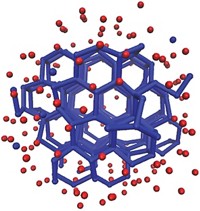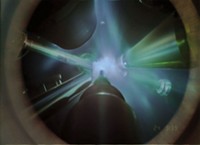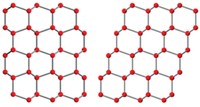Advertisement
Grab your lab coat. Let's get started
Welcome!
Welcome!
Create an account below to get 6 C&EN articles per month, receive newsletters and more - all free.
It seems this is your first time logging in online. Please enter the following information to continue.
As an ACS member you automatically get access to this site. All we need is few more details to create your reading experience.
Not you? Sign in with a different account.
Not you? Sign in with a different account.
ERROR 1
ERROR 1
ERROR 2
ERROR 2
ERROR 2
ERROR 2
ERROR 2
Password and Confirm password must match.
If you have an ACS member number, please enter it here so we can link this account to your membership. (optional)
ERROR 2
ACS values your privacy. By submitting your information, you are gaining access to C&EN and subscribing to our weekly newsletter. We use the information you provide to make your reading experience better, and we will never sell your data to third party members.
Physical Chemistry
Exploring Supercooled Water Structures
X-ray pulses reveal details down to a temperature of −46 °C
by Jyllian Kemsley
June 23, 2014
| A version of this story appeared in
Volume 92, Issue 25
Using femtosecond X-ray pulses on a stream of water droplets, researchers have for the first time been able to experimentally study the structure of liquid water supercooled to below −38 °C under vacuum (Nature 2014, DOI: 10.1038/nature13266). Scientists are interested in the temperature region because theoretical work suggests that in this regime water has a critical point, in which multiple phases coexist. Understanding water’s behavior in this temperature range could also help explain other unique properties of the substance. A research team led by Jonas A. Sellberg and Anders Nilsson of SLAC National Accelerator Laboratory used X-ray pulses to get scattering data from individual micrometer-sized water droplets. The scientists then used the data to determine whether droplets were pure liquid or contained some ice at varying temperatures. They found that liquid water could exist at temperatures as low as −46 °C. As the temperature dropped, the water became more ordered, increasingly forming tetrahedral hydrogen-bonded structures. But the supercooled water did not have the long-range order of ice and was not a glass. Droplets showed an accelerated structural change around −45 °C, possibly indicating that a critical point might exist there at high pressure.





Join the conversation
Contact the reporter
Submit a Letter to the Editor for publication
Engage with us on Twitter